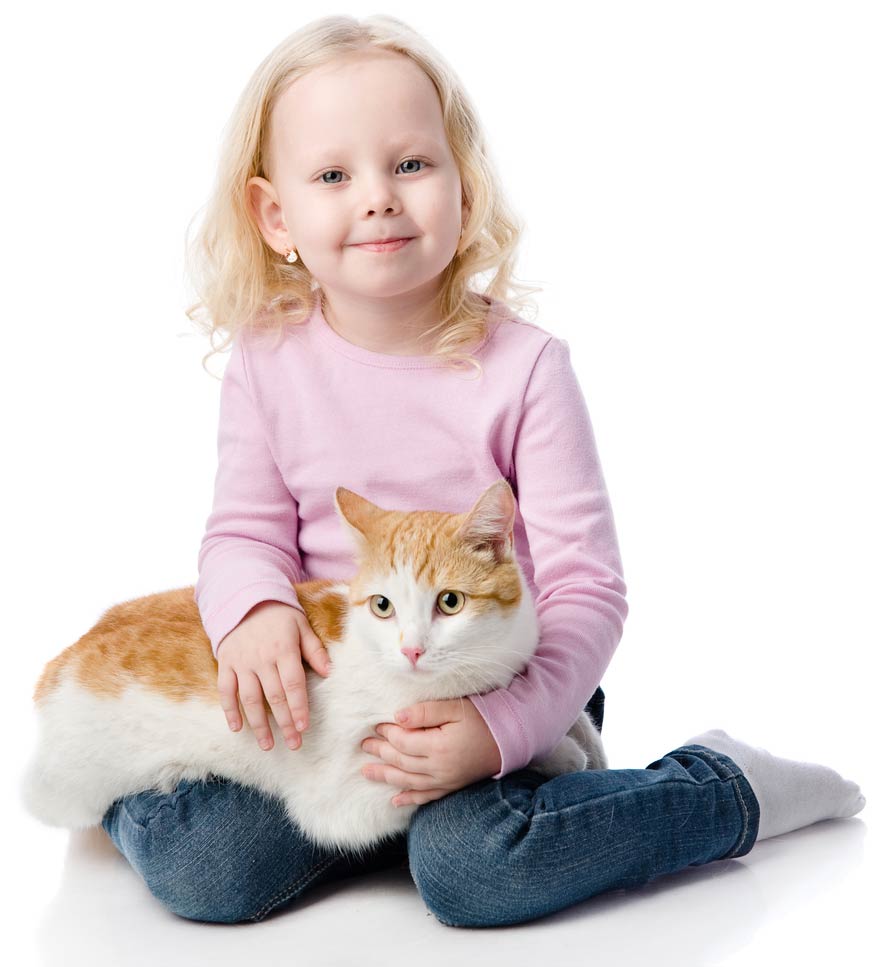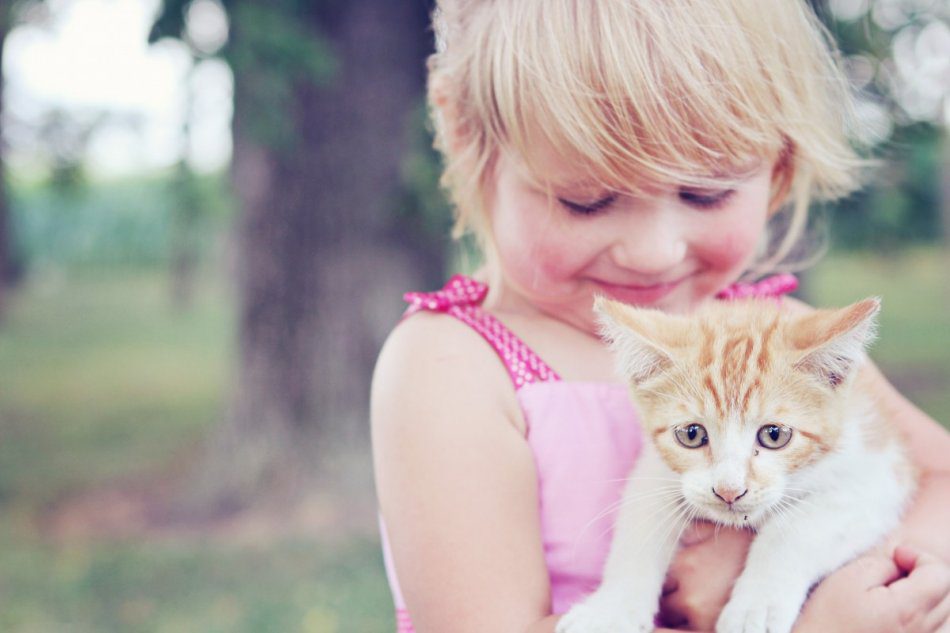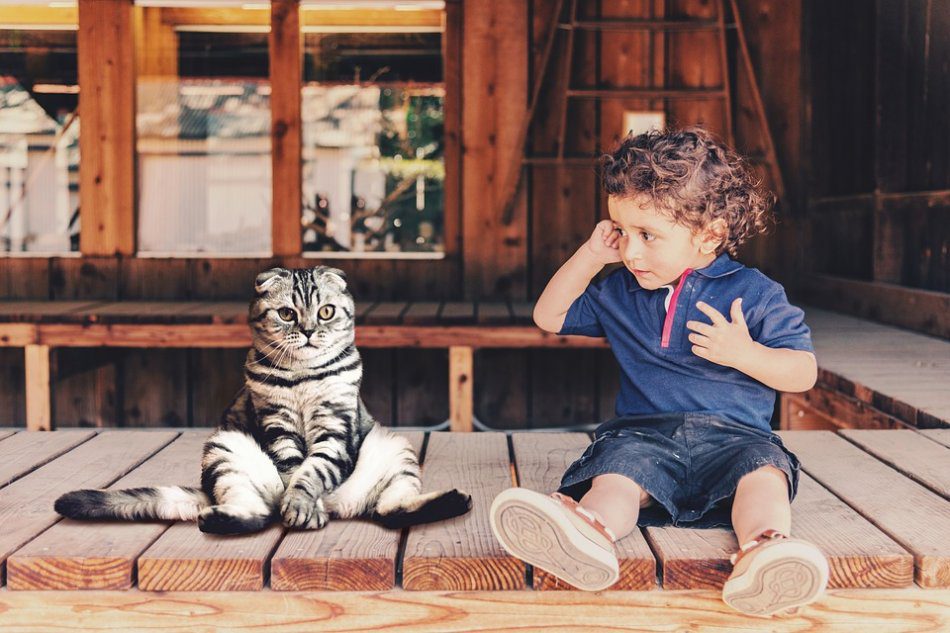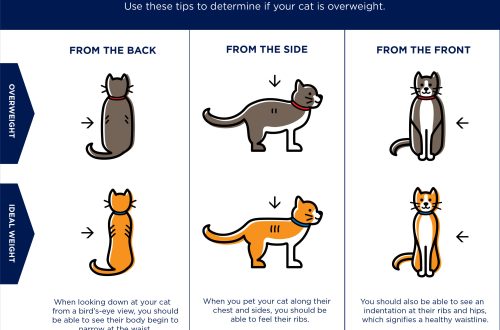
How to introduce a cat to a child?
Many children adore animals, including cats. However, in order for the child to become a friend of the purr, you need to teach the heir to properly handle the cat and respect its wishes. How to introduce a cat to a child?

In the photo: a girl with a kitten. Photo: www.pxhere.com
Tips for parents: how to introduce a cat to a child
In order for the communication between the child and the cat to be safe, it is necessary to follow simple, but very important rules.
- Teach a child the right way to take a cat on your hands. It is important to maintain a purr under the hind legs and under the chest. You should not touch the stomach, as this is a very sensitive area, and some cats react to touching it with a reflex protective technique: they grab the hand with their claws and bite their teeth.
- Train a child cat tongue. Children need to know when not to pester a pet with displays of affection (for example, if a cat twitches its tail or flattens its ears).
- Don’t let your child scare the cat, abruptly approach her or pester her if she is eating, sleeping, or has decided to retire to her shelter.
- Do not allow your child to touch other people’s cats, including strays, as communication with unfamiliar cats can be fraught with trouble. This is not necessary in order to form a phobia, but in order to set frameworkthat will protect the baby from trouble.
- Better not to take in a family with children of preschool age, a kitten under 4 months old. Little kittens are too fragile creatures, and a child under six years old may not calculate the strength of his love and accidentally injure a pet, and even in your presence – you simply will not have time to intervene.
- Sometimes parents, in an effort to do “the best way,” spoil the child’s attitude towards the cat, putting on the heir unbearable responsibilities for caring for the pet. Don’t burden your childfor which he is not ready! Children are forgetful, and they may not feed the cat on time, give water or clean the litter box. First of all, the purr, who is not to blame for anything, will suffer. You can ask your child to help you take care of the cat, but ask for what he can definitely handle and subtly control the result.
- Set an example for your child caring and affectionate attitude to the cat. A good example of adults is much clearer and more effective than reproaches and instructions and will not cause hostility to the purr.

In the photo: a child and a cat. Photo: pixabay.com
Young children are not aware of how threatening their behavior can be to a cat. And, as a rule, preschool children cannot sufficiently control their actions, so any communication between a baby and a cat should only take place under adult supervision.
And this applies not only to your own children, but also to guests. In the end, even the most peaceful cat can not hold back when it is pulled by the tail or trying to gouge out the eye.





